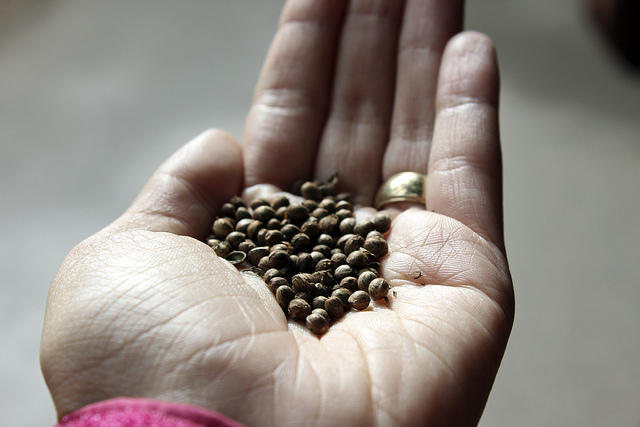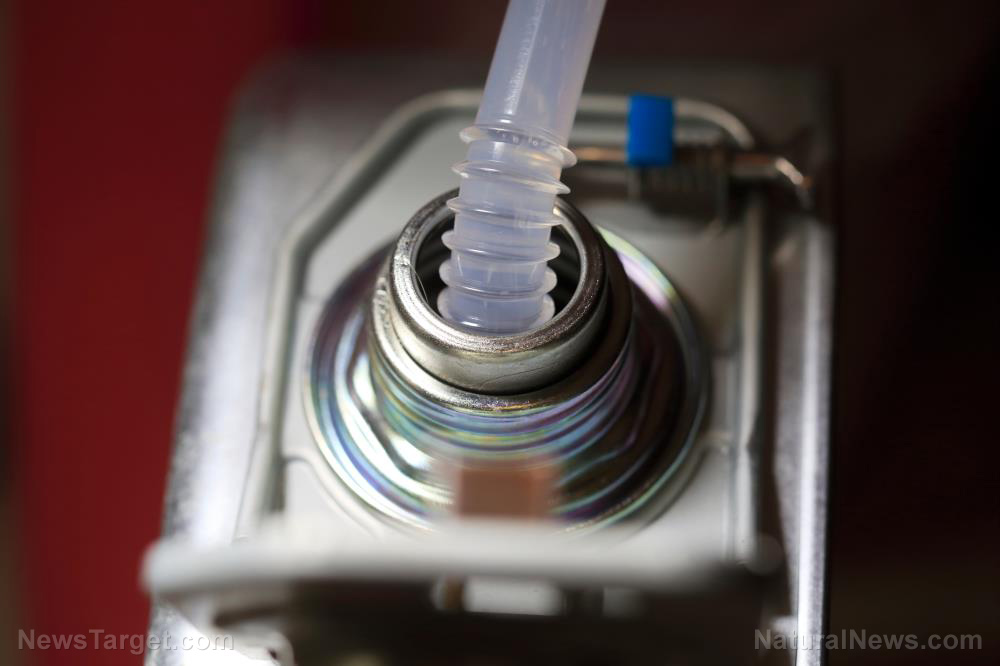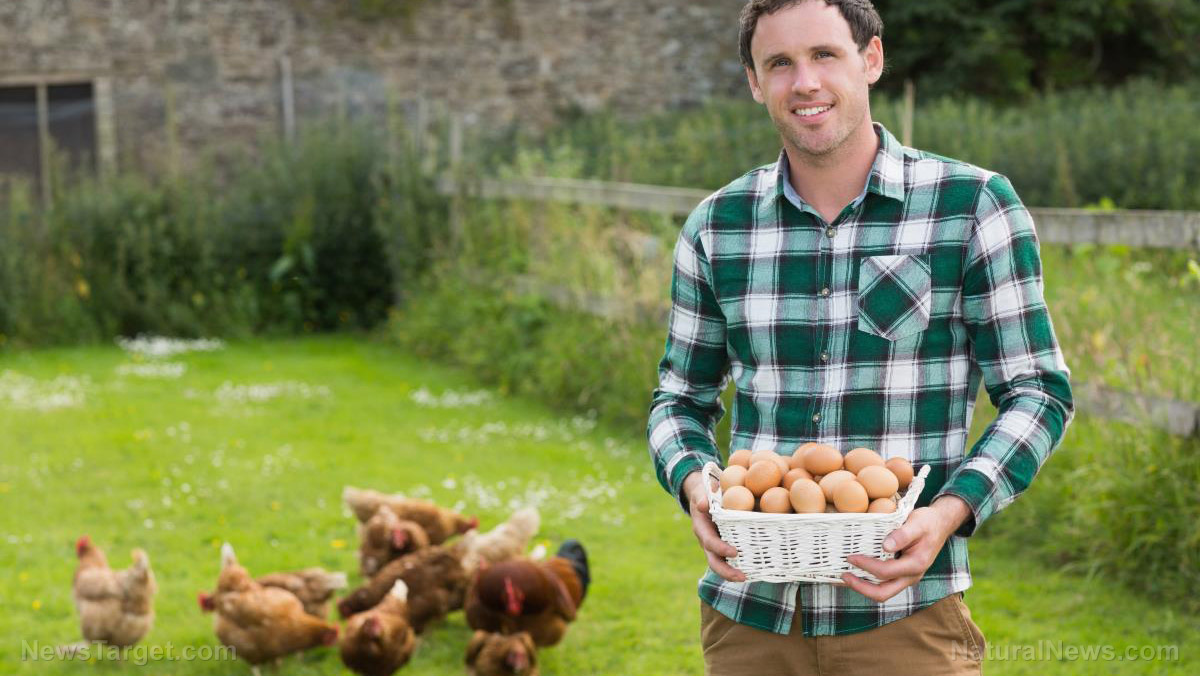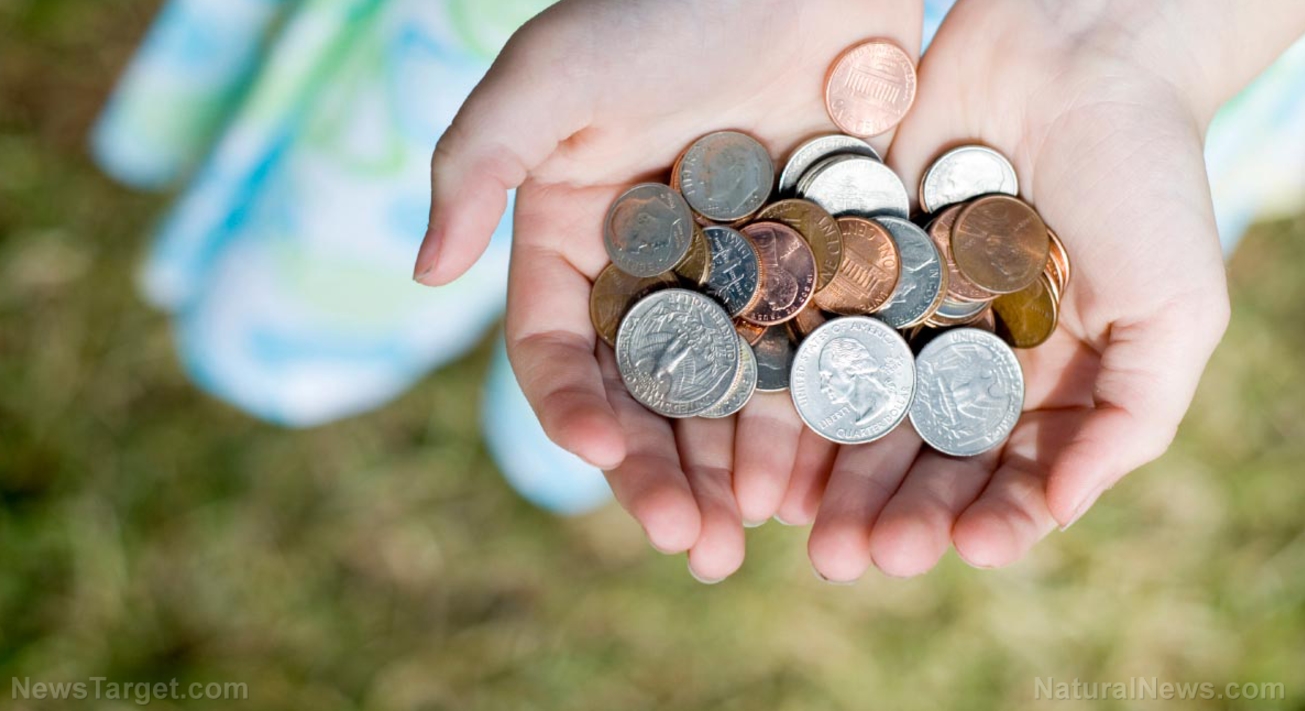Home gardening basic: How to start seeds indoors
09/01/2021 / By Mary Villareal

Starting a small garden indoors will give you a jump for when SHTF, giving you access to all important food supplies, even if you don’t have the space for a large outdoor garden.
Seed starting should be one of the top priorities when planning a garden. Growing your own veggies and keeping a stockpile of seeds will help you get a start for the next growing season.
Preppers with greenhouses can grow many seeds to be ready for spring. However, as long as you have space for a folding table and good natural sunlight, you can start growing your own plants indoors.
Starting seeds will ensure that you have all the vegetables, herbs and medicinal plants you need when SHTF. You can purchase them from greenhouses, nurseries or garden centers. Starting seeds in your greenhouse or inside your home can give you a jumpstart on the growing season: those extra few weeks could give you more time to cultivate crops in case a cold snap occurs.
In addition, starting your own plants from seeds is a lot cheaper than purchasing them from a garden center so that you can save money for other important items in your prepping gear.
Seed starting tips
Start fruits and vegetables early
Most fruit and vegetable seeds can be started indoors around the end of January or at the beginning of February. This will give them the six to eight weeks they need to get a strong and healthy start and reach a height of about eight inches by when they’ll need to be transplanted outdoors.
Grow herbs as well
Many preppers fail to see the value of cultivating herbs — don’t make this mistake. Herbs are known to boost flavor for survival meals, yes, but they also boost your immune system, as many of them have other medicinal properties, so making a backyard apothecary patch can increase your family’s survival when times get tough.
Common and medicinal herbs can be started in February and be transplanted outdoors as soon as there’s no more threat of a hard frost.
Get the right soil
Each packet of seeds that you purchase will provide basic instructions for growing plants, including the recommended type of soil to get the best yield. You can purchase your own seed starting soil from a garden center or cultivate your own compost. Also, consider buying peat moss and vermiculite or perlite to add to the mix.
Protect seeds from temperature changes
All plants will need some sort of protection from drastic temperature changes. With this in mind, you should cover the seeds with clear plastic wrap to keep them warm. Make sure to poke a few ventilation holes in the plastic wrap to keep the humidity level from increasing too much — this could cause mold to form on the soil or on the seeds.
Once the seeds have sprouted, you can remove the plastic wrap or topper as long as the room or greenhouse is not too cold or wet. If it is, a drastic temperature change could kill the plants overnight.
Most seeds also have greater sprouting success rates when exposed to consistent temperatures. You can place seeds on a windowsill to maximize their exposure to direct sunlight, but remember to check how the immediate environment feels, especially in colder climates.
Harden your plants off before moving them outside
All plants should be hardened off before they are relocated from inside to outside cultivation. Keep a checklist of the growing times of your plants to make sure that you are hardening them off at the right time. Each specific plant you have will most likely require specific steps for hardening off, so be sure to learn these, making sure that you are following the timing of each step.
It is exciting to grow plants indoors, but remember to keep your garden space in mind when seeding to ensure that they have their own space when hardened off or cultivated outdoors.
Learn more seed starting tips and starting your own garden at FoodSupply.news.
Sources include:
Tagged Under: bug out, green living, home gardening, how-to, off grid / off the grid living, preparedness, prepper, prepping, seed starting, self-defense, survival, survivalist, sustainable living
RECENT NEWS & ARTICLES
Homesteading.News is a fact-based public education website published by Homesteading News Features, LLC.
All content copyright © 2018 by Homesteading News Features, LLC.
Contact Us with Tips or Corrections
All trademarks, registered trademarks and servicemarks mentioned on this site are the property of their respective owners.





















